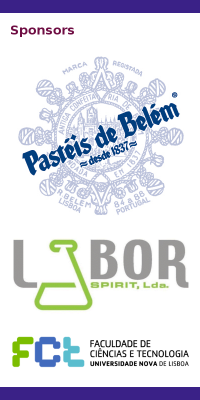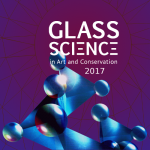Conservation
The conservation of glass is still a limited profession, with trainees coming from various disciplines into specializing with glass. Most Europeans train in a conservation program focusing on ceramics and glass, while the United States conservation programs do not have a specialization in glass, but a more general area, such as ‘objects’. Internships or traineeships provide students with an in depth study of materials and techniques that are available for glass conservation. Some of the newest advances in glass conservation have been introduced since 1993, and include the use of Paraloid B-72 as an adhesive, particularly for ancient glass collections, because it is more stable and more reversible than the traditional use of epoxy.
Loss compensation for missing areas in a broken glass continues to be one of the most challenging areas of expertise. Research into alternative materials to the standard polyester resins and epoxy resins has provided opportunities for simpler and less invasive restorations (that are also more stable). The dissemination of these new methods, materials and techniques is critical to the international glass conservation community, and conferences such as GLASSAC are essential to the spread and understanding of this knowledge.
Stained glass conservation remains a separate field. This is a result of the need for a conservator to be an artisan with significant experience in glass making, tooling, and mechanical (joinery), i.e. working with lead caming and solders. Communication continues to grow with the different fields through conferences, training courses, lectures and cross-over internships.
(by courtesy of) Stephen Koob
Glass Conservation Presentations
|
Stephen Koob |
Conservation of glass at the CMoG: Training and future developments |
|
|
Hanna Pohle |
Maintenance and safeguarding of stained glass windows |
|
|
Teresa Palomar |
Thermographic analysis of glasses, enamels and grisailles from stained glass windows |
|
|
Edyta Bernady |
Final results of analysis of a 15th c. stained-glass panel "The Throne of Grace" from the Dominican Monastery in Kraków, Poland |
|
|
Loryelle Sessegolo |
Surface roughness impact on medieval stained glass alteration |
|
|
Rania Kordali |
Corrosion patterns of a historical glass collection from Greece |
Glass Conservation Posters
|
Fanny Alloteau |
Research of a chemical treatment based on zinc salts for ancient glass objects sensible to atmospheric degradation in museums |
|
|
Caitlyn Phipps |
Protecting historic window glass in Scotland. A look at the planning application approval rates over a 10 year period. |
|
|
Amanda Pinto |
19th century stained-glass windows of two mausoleums from Belém do Pará, Brazil: a characterization study |
|
|
Manfred Torge |
Organic surface coatings on Mediaeval stained glass and microbiological investigation |



